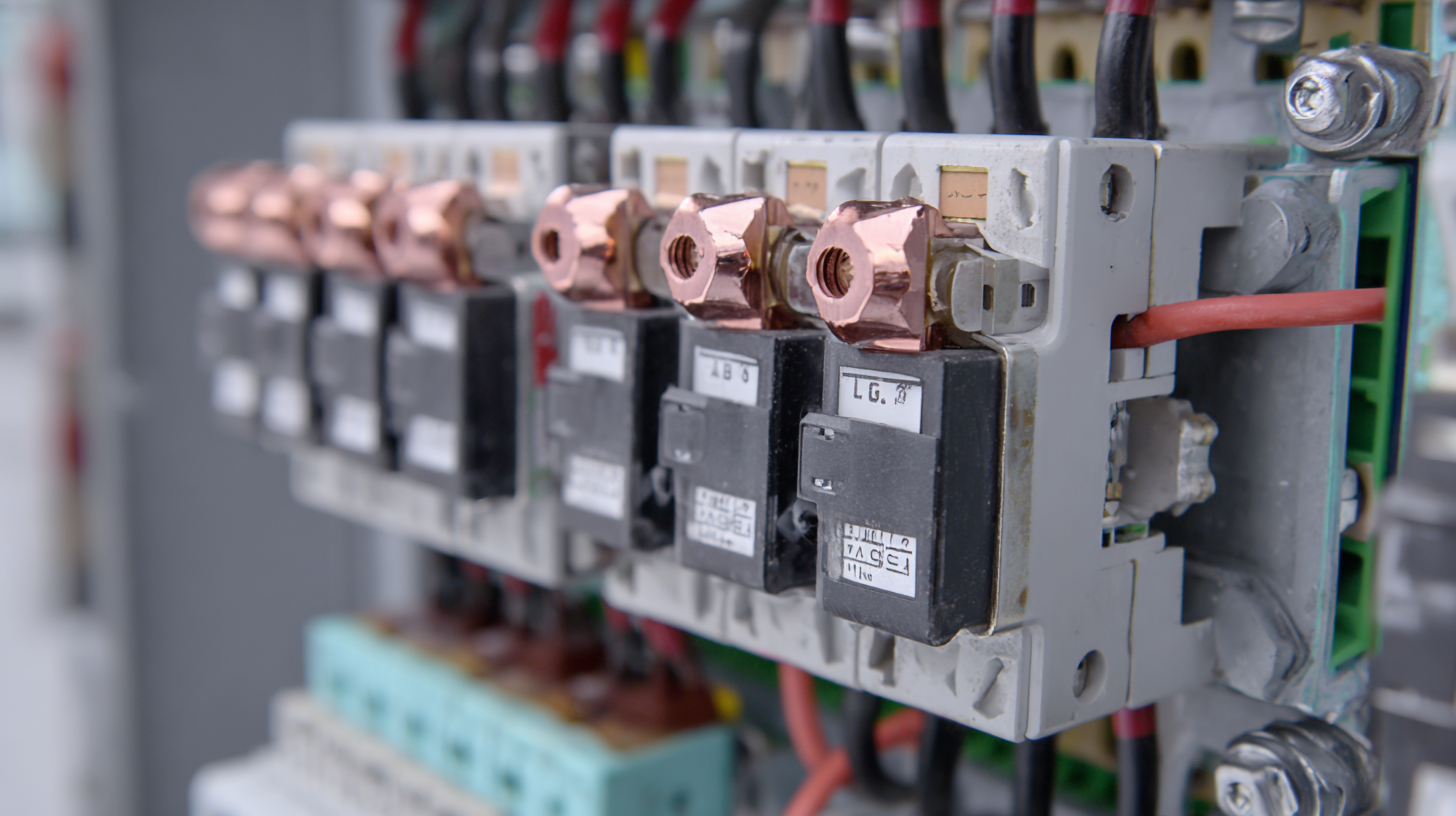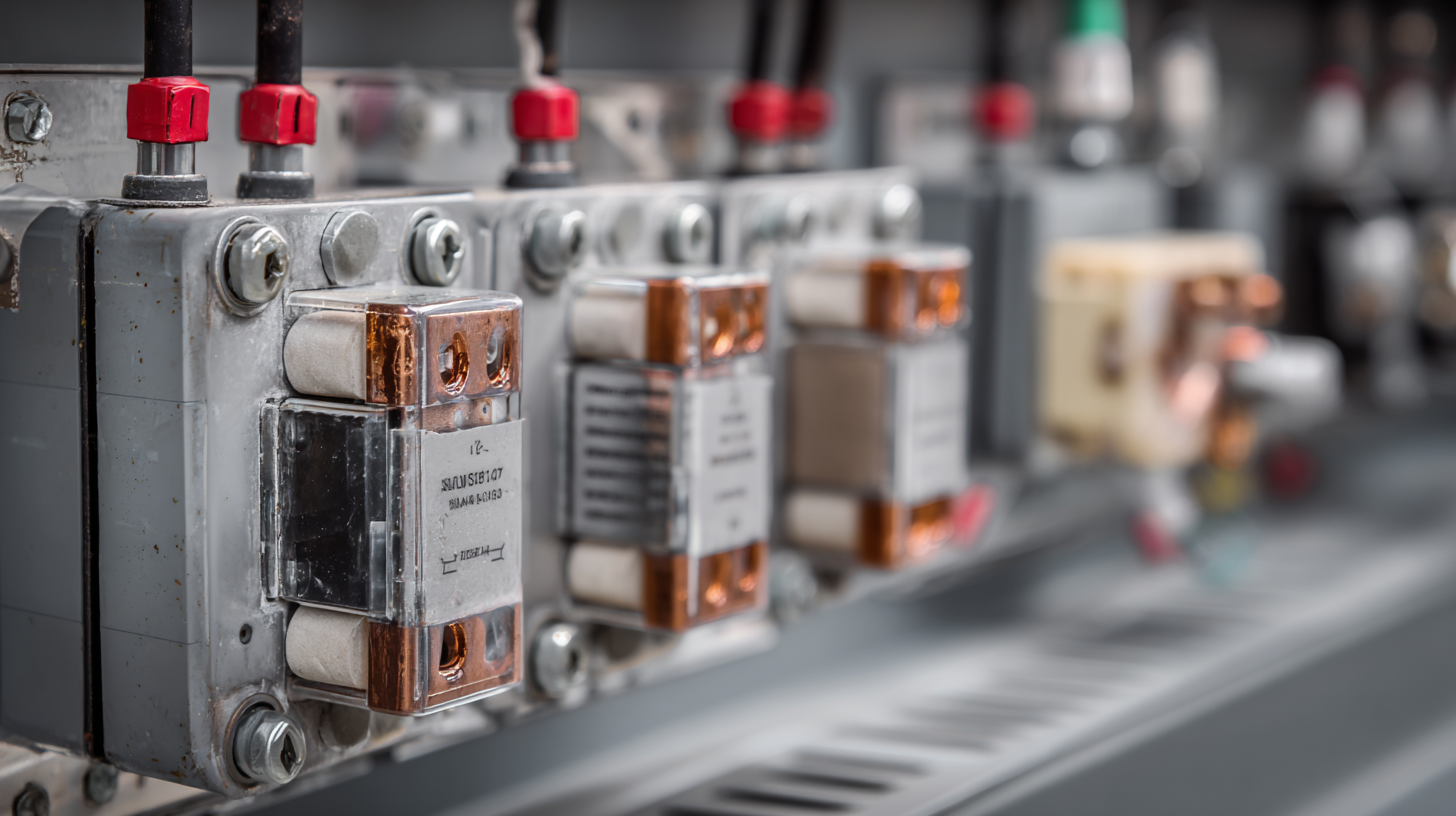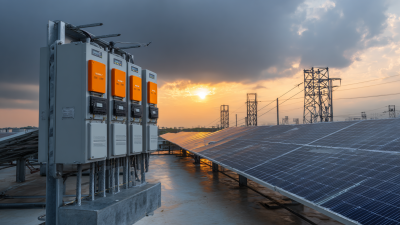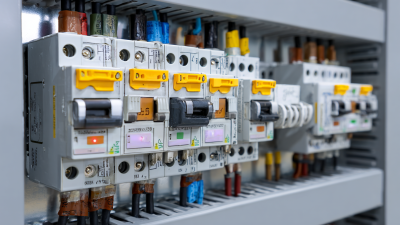Understanding the Importance of DC Switches in Modern Electrical Systems
In the evolving landscape of modern electrical systems, the significance of DC switches has become increasingly pronounced. As industries pivot towards more efficient, renewable energy sources, the need for effective management and control of direct current (DC) systems has surged. DC switches play a pivotal role in ensuring reliable operation, enhancing safety, and improving the overall performance of electrical networks. They facilitate the seamless integration of renewable energy sources such as solar panels and wind turbines, while also protecting sensitive electrical components from potential overloads and faults.
 By understanding the functionality and advantages of DC switches, stakeholders can harness their capabilities to optimize energy distribution and ensure the longevity and reliability of modern electrical systems.
By understanding the functionality and advantages of DC switches, stakeholders can harness their capabilities to optimize energy distribution and ensure the longevity and reliability of modern electrical systems.
This exploration into the importance of DC switches not only highlights their technical attributes but also emphasizes their crucial position in the dynamic interplay of energy innovation and sustainability.
The Role of DC Switches in Enhancing Electrical System Efficiency
In modern electrical systems, the importance of DC switches cannot be overstated, particularly in the context of enhancing system efficiency. As the demand for Electric Vehicles (EVs) continues to rise, the integration of advanced DC switches becomes crucial. These switches facilitate the effective management of electrical power, enabling smoother operation and greater responsiveness in EV charging systems. By optimizing energy flow, DC switches contribute significantly to the overall efficiency and performance of electric vehicles.
Moreover, innovative technologies such as high-gain DC/DC converters are being developed to meet the needs of renewable energy applications. For instance, systems leveraging Cuk topology can significantly boost output voltage for solar applications, effectively addressing the energy demands of modern life while supporting environmental sustainability. The integration of intelligent control systems is essential for managing the growing complexity of these renewable energy sources, allowing for seamless operation in hybrid power generation systems.
Tips: When selecting DC switches for your system, consider their capacity to handle fluctuations in power demand. Additionally, investing in smart control technologies can enhance the efficiency of your energy systems, particularly in applications involving renewable sources. Regularly assess and update your systems to keep pace with rapid advancements in technology.
Key Features of Modern DC Switches Every Engineer Should Know
In modern electrical systems, DC switches play a crucial role in ensuring reliability and safety. Engineers encountering these devices must understand key features that distinguish contemporary models. One of the most significant advancements is the integration of smart technology. According to a report by the International Electrotechnical Commission (IEC), smart DC switches can remotely monitor performance, thereby reducing maintenance costs by up to 20%. This capability not only enhances operational efficiency but also aids in proactive fault detection, minimizing downtime in critical applications.
Another essential feature is enhanced current interruption. Recent innovations have led to DC switches capable of handling higher voltages and currents, addressing the growing demands of renewable energy systems. The Global Renewable Energy Report indicated a projected increase in DC applications in photovoltaic systems by 15% annually, underscoring the need for robust switches that can handle such escalations. Furthermore, modern DC switches often include improved insulation materials that contribute to their longevity and performance, making them indispensable in today's electrification landscape.
Understanding the Key Features of Modern DC Switches
Comparative Analysis: AC vs. DC Switches in Electrical Applications
The comparative analysis of AC and DC switches in electrical applications highlights the transformative potential of DC systems in modern power generation and distribution.
As the demand for efficient, reliable, and sustainable solutions grows, DC microgrid systems have emerged as a viable alternative to traditional AC systems. They provide enhanced performance, particularly in renewable energy applications, where DC allows for more direct energy utilization without the complexity of AC conversion. This shift underscores the cost-effectiveness of DC solutions, which challenge the long-standing dominance of AC technologies.
Recent advancements also showcase the benefits of innovative DC converter designs aimed at optimizing energy efficiency in various applications, including electric vehicles and off-grid setups. For instance, high-gain step-up DC/DC converters are designed to enhance renewable energy integration, demonstrating how tailored DC solutions can outperform conventional systems. Furthermore, as electric vehicles increasingly rely on efficient charging infrastructures, the need for reliable DC switch technologies becomes even more critical. This evolution of electrical systems signals a notable paradigm shift, positioning DC as a key player in the future of energy management.
Implementation Best Practices for DC Switches in Various Settings
When implementing DC switches in various settings, it is crucial to consider the specific requirements of each environment. For residential applications, ensuring that the switch can handle the load while maintaining safety compliance is essential. Utilizing switches with features like overload protection and fault detection improves reliability and user confidence. Additionally, the placement of these switches should facilitate easy access for operation and maintenance, minimizing potential hazards.
In industrial settings, the focus shifts to the durability and efficiency of DC switches. These environments often experience harsh conditions, so selecting robust switches that can withstand extreme temperatures and vibrations is vital. It's also important to integrate these switches into a well-designed electrical system, ensuring proper labeling, circuit diagrams, and redundancy where necessary. Training personnel on the proper use and maintenance of DC switches can further enhance operational safety and performance, ensuring long-term reliability in energy management.

Future Trends: Innovations in DC Switch Technology and Their Impact
The evolution of DC switch technology is at the forefront of modern electrical systems, driven by an increasing demand for renewable energy solutions and efficient power management. According to a report by MarketsandMarkets, the global market for DC switch technology is expected to reach USD 1.4 billion by 2025, growing at a CAGR of around 10% from 2020. This growth is being propelled by innovations such as solid-state DC switches which offer enhanced reliability, faster response times, and improved safety features compared to traditional electromechanical switches.

In addition to performance improvements, the integration of smart technologies into DC switching systems is transforming the landscape. Advanced DC switches now incorporate IoT capabilities, enabling real-time monitoring and diagnostics. A study by Research and Markets projects that the IoT in electrical infrastructure sector will witness significant growth, reaching USD 14.2 billion by 2026. Innovations such as these not only facilitate better performance and efficiency but also support the increasing adoption of electric vehicles and energy storage systems, fundamentally reshaping the way power is distributed and utilized in the coming decades.
Related Posts
-

Understanding the Impact of DC Switches on Renewable Energy Systems Efficiency
-

7 Facts You Didn't Know About ACB Breakers: The Best Choices for Your Electrical Needs
-

7 Essential Tips for Choosing the Right Electric Breaker for Your Needs
-

10 Essential Tips for Surge Protection: Protect Your Electronics with 99% Effectiveness!
-

Understanding Power Circuit Breakers: The Key to Safe Electrical Systems
-

A Comprehensive Guide to Understanding Molded Case Circuit Breakers in Industrial Applications








